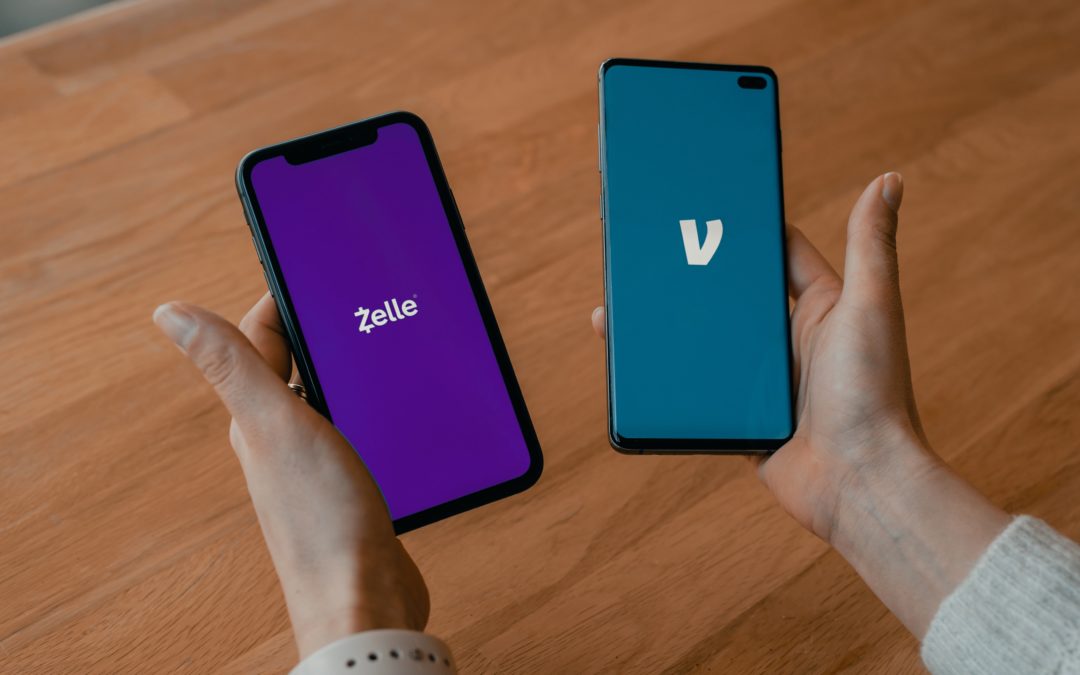There are four main ways to accept payments for your online business: online payment service provider, ACH transfer, mobile payments, and invoicing and billing. Each method has its own set of pros and cons that you need to consider before making a decision.
1. Online payment service provider
Making sure payments from customers or clients are seamlessly processed is an integral part of running a successful service-based business. Fortunately, there’s no shortage of providers available to facilitate this process – with PayPal and Stripe being the most popular options.
If you use Shopify, WooCommerce, Squarespace or Kajabi for your website builder then just one click and those platforms will effortlessly integrate into either provider account which enables instant secure payment processing on your site!
Credit card payments as well as direct transfers between customer accounts can be accepted through these convenient payment services so businesses have peace of mind that they’re always receiving their dues promptly!
It’s free to set up an account with most payment service providers, and you’ll pay a fee per transaction of around 3%, depending on the platform. Many popular point of sale (POS) systems also offer e-commerce modules with online payment processing.
2. ACH transfer
Automated Clearing House (ACH) is a network that moves money electronically between bank accounts in the United States. This is how you receive money if you’re ever paid by direct deposit.
To accept payments via ACH transfer, you generally don’t need any special capabilities. You just have to give the customer or client your direct deposit information, which includes:
Your bank’s routing number.
Your bank account number.
Some companies require a voided check, which includes those numbers, or an authorization form from your bank. But many will initiate ACH with just your bank information.
For those wanting to receive payments via ACH, it’s up to the payer as they must have access to accounts and necessary tools. However, with Stripe you can set-up your own account for a small fee of 0.08 percent per transaction (capped at $5).
To complete their transfer from bank account there is an added step using Plaid network though – which will be handled by the customer not yourself!
3. Mobile payments
Mobile wallets like Apple Pay, Google Pay and Samsung Pay make online payments super convenient for your customers. Their credit card information is entered automatically, so they don’t have to fumble with typing in all those numbers from a physical card.
To implement mobile payments on a website you’re building from scratch, you need to follow developer guidelines to build each into your site:
Apple Pay
Google Pay
Samsung Pay
Most popular e-commerce platforms support mobile payments and make it easy to accept this payment method by simply activating the option—no coding required.
4. Invoicing and billing
You can make it easy for clients to pay for your services by using an invoicing platform that enables one-click payments right from their email.
Invoicing platforms including QuickBooks, Zoho, Xero, Wave and Harvest offer integrations with major payment service providers, including PayPal and Stripe. You can bill clients via email, and the platforms build messages that include a payment button to encourage them to pay right away.
You can choose which payment methods to accept—just activate your preferred method, or activate several and give the client options.

